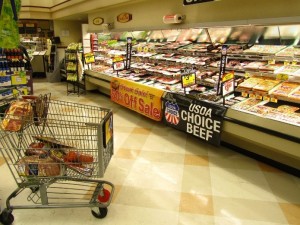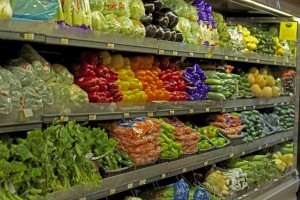“I want to eat healthy, but it’s so expensive…” have you ever said or heard this phrase? Too often our intentions to eat healthy are halted by this dilemma. We especially feel pressure as average overall food prices have risen 1.6% from 2014-2015, and meat and egg prices have risen by over 8%.
While there is no easy way to deal with rising food costs, there are ways to make eating healthy affordable and stress-free! Next time you grocery shop, follow these tips to help you and your loved ones enjoy healthy, low-cost meals:
- Before s
 hopping, make a grocery list based on the meals you plan to cook.
hopping, make a grocery list based on the meals you plan to cook.
- By planning, you can avoid buying unhealthy food or food you don’t need.
- By planning, you can assess what ingredients you really need and don’t need to purchase
- Buy produce that is in-season.
- In-season produce is cheaper than produce that has to be shipped from other countries.
- In-season produce is also often higher in quality.
- Click here for a list of produce seasons in the United States.
- Don’t buy large quantities of food just because of bulk prices.
- If you buy in bulk, plan ahead for food preservation .

- If you toss out rotten leftovers, you aren’t saving any money.
- If you buy in bulk, plan ahead for food preservation .
- Stop buying pre-prepared and pre-packaged food.Schedule just 30 minutes(PDF) to wash, cut, and put food into containers .
- When you buy pre-washed and cut produce, you pay for service.
- When you buy pre-packaged or single-serving food, you pay for packaging.
- Consider growing a garden.
- Herbs are easy to maintain indoors in small spaces.
- Outdoor garden produce can be preserved for all seasons.
- Drink more tap-water.This will save you money at restaurants and at home. If your home water tastes bad, try running it through a filtered pitcher .
Be sure to share these tips with others trying to lead a #healthylifestyle with a #budget

